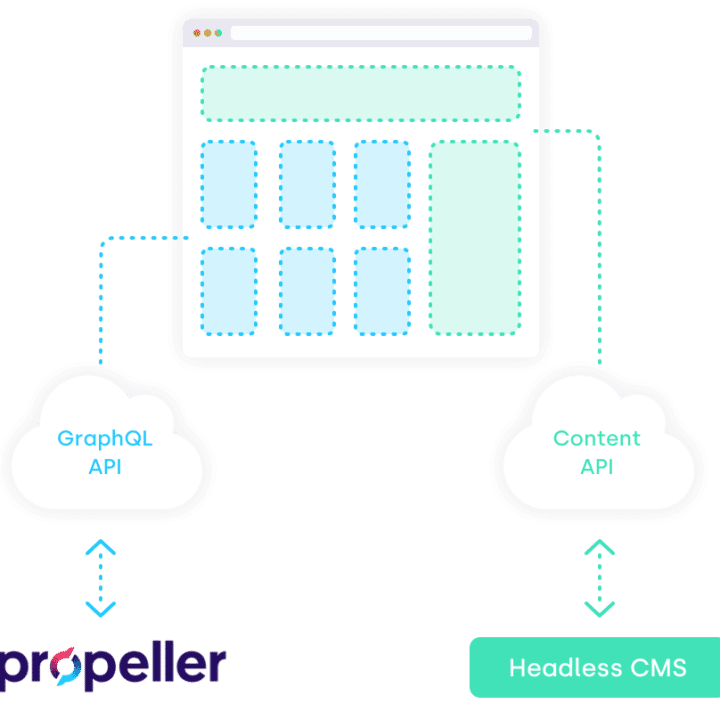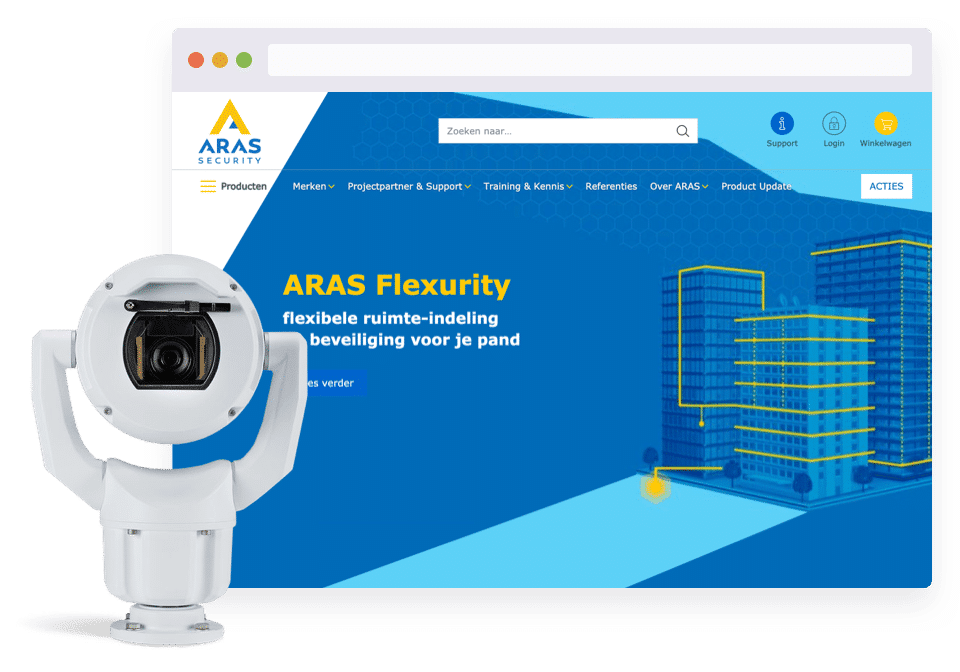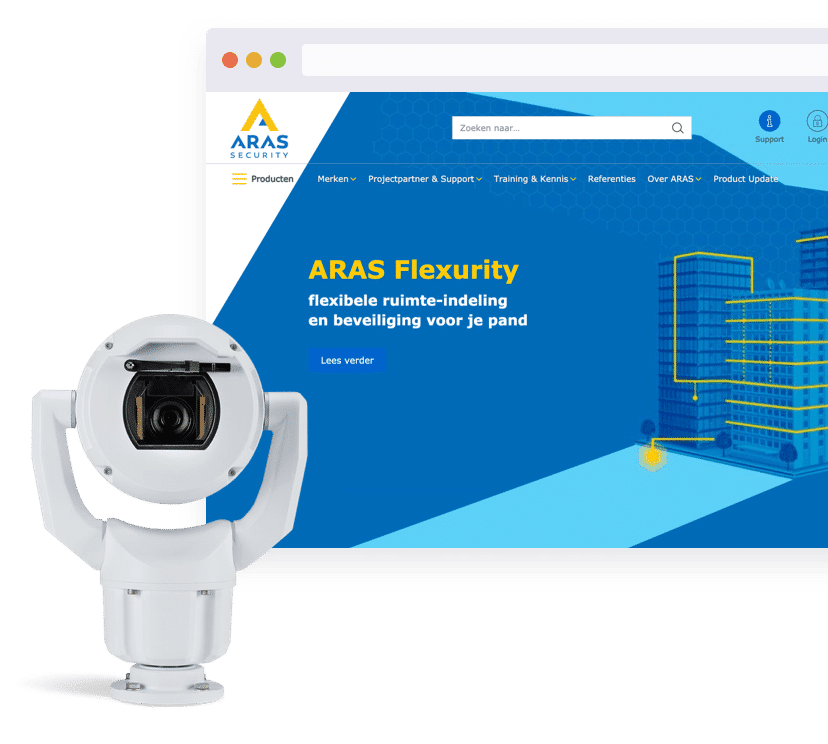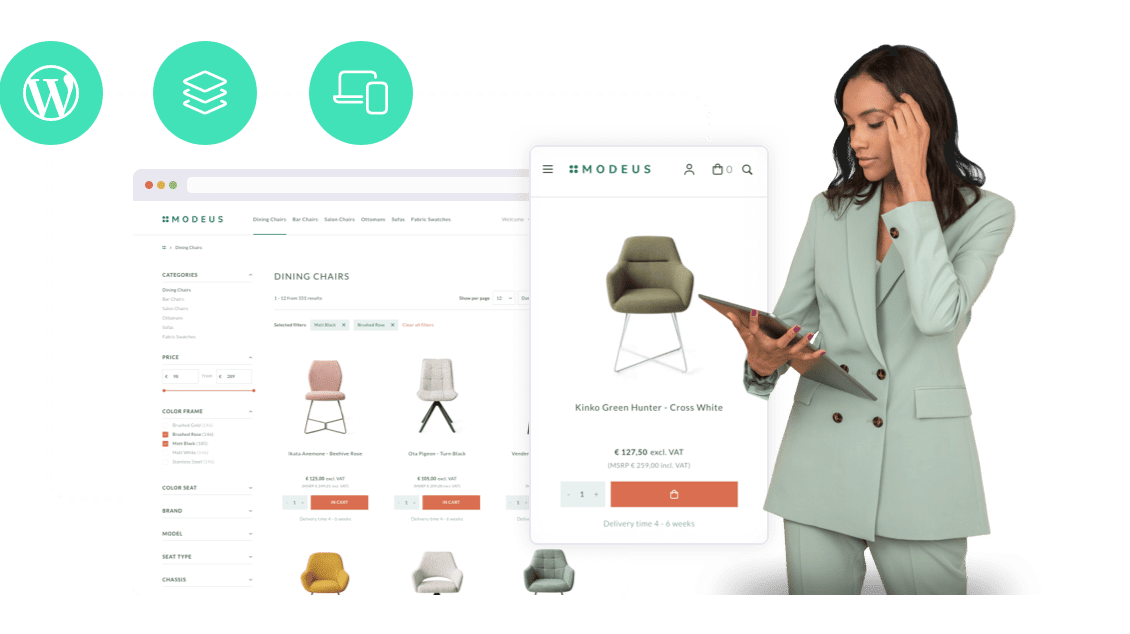
Headless CMS
Bring personalized content and commerce to every customer, across multiple channels, on any device.
Deliver excellent buying journeys on any channel
Combining headless commerce and content offers the ultimate flexibility in user experience. Headless platforms store data in a neutral way so it can be easily reused across frontend “heads” such as webshops, portals, marketplaces, and social media.
The reusability of information, assets, and logic lets you quickly launch new channels, like webshops for different brands or industries. APIs deliver data dynamically to any frontend so users always see up-to-date, relevant information such as regional pricing or targeted marketing content.
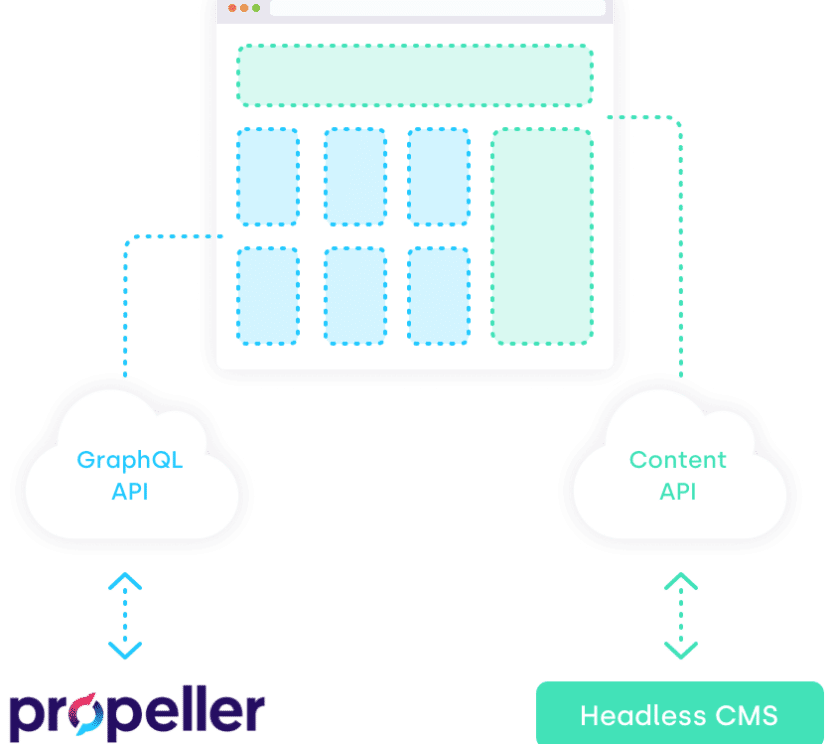
For every audience an unique experience
Propeller APIs make it easy to click commerce into any headless CMS. The REST API powers backend data management and operations, while the GraphQL API delivers commerce data to any frontend in a single call for lightning-fast experiences.
Take advantage of our VUE Storefront plugin to speed up time to market, or take your pick of any other frontend framework.
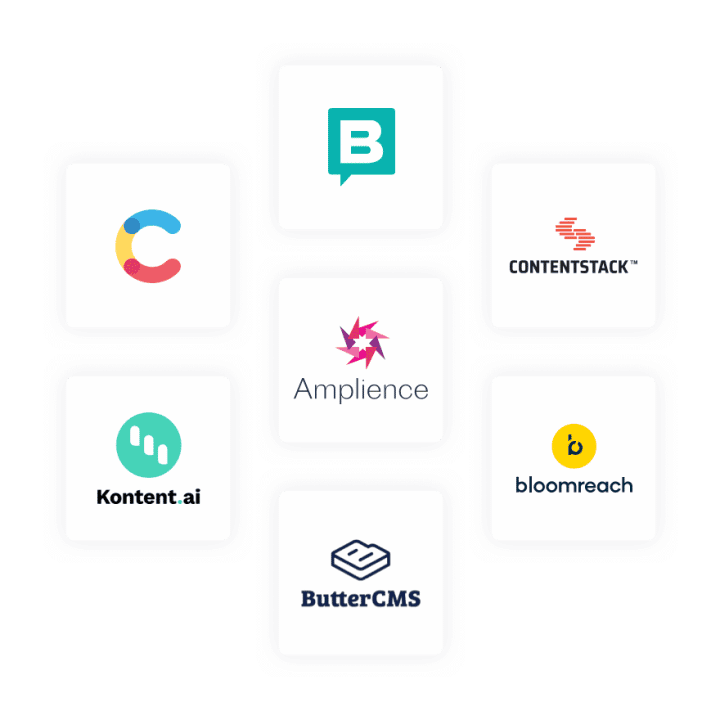
B2B commerce features
Make use of the many prebuilt solutions designed for B2B needs. API-first architecture lets you plug and play with any headless CMS.
Customer Accounts
Give customers one place to access all information and set their own roles, budgets, and permissions
Personalized Catalogs
Display products based on customer preference, business unit, purchase history, availability, and more.
Dynamic Pricing
See and sort by customer specific pricing. Factoring in discount, surcharge, and real-time ERP data.
Quotations
Create quotes in minutes from online or offline requests using customer catalogs, pricing, and order history.
Order Management
Import orders from customer ERPs and export to third party systems with the flexibility to split orders.
One-Click Reorders
Let customers make repeat and recurring orders in seconds using purchase history.
Flexible Attributes
Organize catalogs and large amounts of SKUs with unlimited custom attributes.
Multichannel
Share data across webshops, portals, and marketplaces with full control of the products and prices shown
Sales Overview
View complete and outstanding business of all assigned accounts and get notified on customer actions.
Get ahead with headless
Digital commerce for B2B business
Propeller solutions provide a digital sales room where you and your customers can access identical, account-specific information and complete orders in a few clicks. No more hunting down negotiation history or invoice status, with the full customer picture always on-hand sales teams can spend less time on administration and focus more on driving revenue.
B2B Self-Service Portal
Scale up sales by empowering your customers. Give them one place to access account specific catalogs, pricing, quotes, invoices, orders, reorders, returns, and more. Learn moreB2B Sales Portal
Boost sales productivity with tools for effortless account management. Create quotes, send invoices, digitize offline orders, and track activity across all your accounts. Learn moreD2C Webshops
Attract new customers and get found online. Sell across webshops, marketplaces, apps, social, and other channels using one powerful commerce engine. Learn moreARAS Security; Digital Self-service Portals
Related customer stories

Capriole; B2B portals for all types of customers



